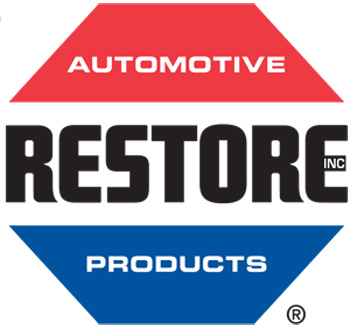During the combustion process, expansion of burning fuel in the combustion chambers moves the pistons up and down inside the cylinders which produces power and delivers torque to the drivetrain. In a new engine, the seal between the piston rings and cylinder wall is good enough to maintain proper compression and adequately seal during combustion. Over time the cylinders gradually wear out resulting in a less effective seal between the piston rings and cylinder walls.
To understand the mechanism of this wear, one must analyze what is happening on the microscopic scale. Both the piston rings and cylinders have small "peaks and valleys" on their surfaces which are continually sliding over each other at a high rate of speed. Normally the motor oil maintains a fluid hydrodynamic boundry layer separating the two metal surfaces, but sometimes the oil film breaks down and allows the "peaks" of the metal surfaces to collide. When this happens the peaks instantly weld together from intense heat and friction, then shear off from the metal surfaces producing microscopic wear particles.
This wear process is continous and gradual. Eventually it reaches a point where the piston rings can no longer seal tightly against the cylinder wall. The most pronounced wear is located at TDC (Top Dead Center) where the piston reaches the top of its stroke inside the combustion chamber. This area has the least amount of lubrication, the most amount of heat, and the highest frictional force due to the horizontal directional change of the piston connecting rods.
Optimum combustion requires a tight seal between the piston rings and cylinder wall in order to have maximum compression of the intake air/fuel mixture during the compression stroke. Likewise, during the combustion power stroke it is necessary to have a tight seal to avoid combustion gas leaking past the piston rings. Poor combustion and blow-by not only waste fuel energy that robs engine power, it also burns off oil on the cylinder walls and contaminates the oil by producing soot and sludge. Noticeable symptoms of low compression are less engine power, rough idle, and sluggish acceleration. Oil burning will cause excessive oil consumption, exhaust smoke, and increased amounts of sludge formation.
RESTORE repairs worn out areas in the cylinder walls to improve the seal between piston rings and cylinder walls. It is the only product that contains the technologically advanced CSL formulation proven to fill in and seal microscopic leaks in the cylinder wall. Most importantly RESTORE works to fill, seal and lubricate the area of the cylinder at TDC where it is most needed. The result is higher compression, less blow-by, and more efficient combustion that restores power to improve engine performance.
In addition, CSL is an extreme pressure EP lubricant that provides extraordinary lubricating protection beyond the range of normal motor oil. As a solid lubricant, it protects the metal surface of engine components by reducing metal-to-metal contact when the liquid hydrodynamic oil film breaks down under severe loading conditions.


Restore Inc. © 2023